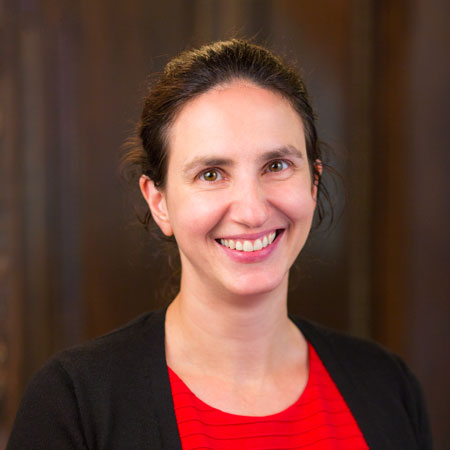
Christina Pagel, Ph.D., is a professor of operational research at University College London, where she applies mathematical modeling to problems in health care. In 2016, she was awarded a Harkness Fellowship from the Commonwealth Fund to study how clinical decision support tools could be better used in intensive care units (ICUs). The Commonwealth Fund asked Pagel what clinicians, hospital leaders, and policymakers should consider if and when ICU services for COVID-19 patients need to be rationed.
Commonwealth Fund: As cases of COVID-19 increase, many countries are experiencing shortages of beds in ICUs, as well as a dwindling supply of ventilators and personal protective equipment. If demand for care outpaces supply of equipment, clinicians may need to limit access to lifesaving treatment. What should they consider in making these decisions?
Pagel: The strategy for allocating scarce resources depends on what you want to achieve. Is your goal to ensure everyone has an equal chance of getting treatment? Is it to maximize the overall number of survivors in your population or to maximize the overall years of life left in your population? For instance, to increase the number of survivors, you might have to exclude patients with preexisting medical conditions, but if the goal is maximizing years of life, you would tend to prioritize the young over the old.
Commonwealth Fund: Which way do decision-makers usually lean?
Pagel: Toward maximizing the number of survivors. This requires gathering as much evidence and data as possible, because you need to know who will least benefit from a scarce resource. For COVID-19, older age, diabetes, and heart disease are risk factors for a poor outcome in the ICU, so people with a combination of these risk factors might not be prioritized for a ventilator. While data might suggest this strategy is the optimal one for achieving your goal, it may not be something that clinicians and society could live with implementing. What if, for instance, the criteria you use have a disproportionate negative affect on an ethnic minority group? This is why professional societies and patient advocacy groups have a large role to play here.
Commonwealth Fund: How do people in the U.K. think about rationing?
Pagel: In the U.K., access to health care is seen as a fundamental right and people are very proud of our National Health Service. When resources are not sufficient to meet demand, as in a pandemic, its core value — that everyone can receive the care they need, regardless of status, race, class, or wealth — is broken. There is a lot of anguish at the thought of rationing care but also a lot of support for the medical professionals implementing extremely tough decisions on the front lines.
Commonwealth Fund: Do you see differences in the way rationing is conducted in centralized health care systems like the U.K.’s and decentralized health care systems like the U.S.’s?
Pagel: Centralized systems have a natural structure that allow the same guidelines to be implemented everywhere. Whether they are consistently followed is another matter of course. Centralized systems like the NHS do allow for differences based on local conditions, but decentralized systems are more likely to apply local policies for allocating resources. Local could be defined by geography, like a state, or by provider, like all Kaiser hospitals. Even if all the policies in local areas have a clear goal and are consistently and transparently applied, it might be difficult for people to accept that they would qualify for treatment in one hospital but not in another. This would add to the stress on patients and their families if they feel they need to shop around for a hospital where they meet the admission criteria.
Commonwealth Fund: What advice would you offer policymakers, hospital and health system leaders, and individual clinicians about allocating resources for treating COVID-19?
Pagel: My one piece of advice is for health system leaders to consider the disease trajectory and the whole population they serve and not just the population in a given hospital. So you need to consider who you are not treating as much as who you are. You can see the importance of this when you look at absolute numbers. A hospital might favor a policy that admits patients with a 100 percent chance of survival even though it takes these patients two full weeks to get better but rejects patients with a 75 percent chance of survival who would either live or die in one week. Although this leads to the highest survival rate — 100 percent — there would be a lower number of overall survivors if you followed the surefire approach. That’s because you could have treated 200 of the riskier patients — of whom 150 would have survived — for every 100 of the guaranteed survivors. Such considerations might be particularly relevant for COVID-19, which is characterized by long stays in the ICU.
Commonwealth Fund: How can decision-makers engage the general public and gather community input in developing guidance that people can trust?
Pagel: The key is to make sure your allocation strategy is transparent, applied consistently, and, if possible, done with the support of the population. Ideally the latter would involve active citizen participation where the goal of the allocation is reached together with the clinical community, the public, and the government. Unfortunately, for COVID-19, it’s too late for such a process. Instead, public support has to be achieved by transparency and a consistent, objective application of the allocation strategy.





